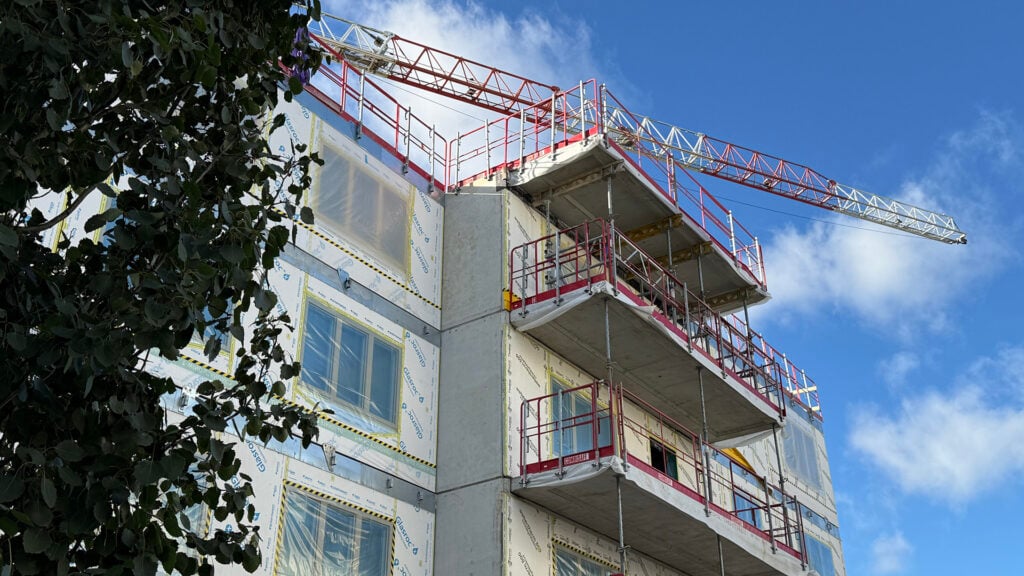A recent study set out to change that. By combining life cycle assessments (LCA) with biodiversity metrics, researchers compared two house designs: one with a timber frame and one with a concrete frame. They also explored scenarios where standard concrete was replaced with low-carbon concrete at varying ambition levels. The findings? Timber frames tend to have the highest biodiversity impact because of land use in forestry, while concrete performs better, especially when low-carbon alternatives are used. In fact, the most ambitious scenario delivered the lowest combined impact, showing that low-carbon concrete can be a strong contender for sustainable building.
The study did not stop there. It also looked at forestry methods, revealing that continuous cover forestry generally supports biodiversity better than clear-cutting, although climate benefits remain similar. While some uncertainties remain, such as the need for better data and standardized methods, the takeaway is clear: biodiversity can and should be part of sustainability strategies today. By integrating these insights into LCA, the construction sector can make smarter choices that protect both the planet and its living ecosystems.
Ready to take action?
Start by reviewing your material choices and asking how they impact biodiversity, not just carbon emissions. Explore innovative solutions like low-carbon concrete and push for forestry practices that protect ecosystems. Every decision counts. Let’s build a future where construction and nature thrive together.


